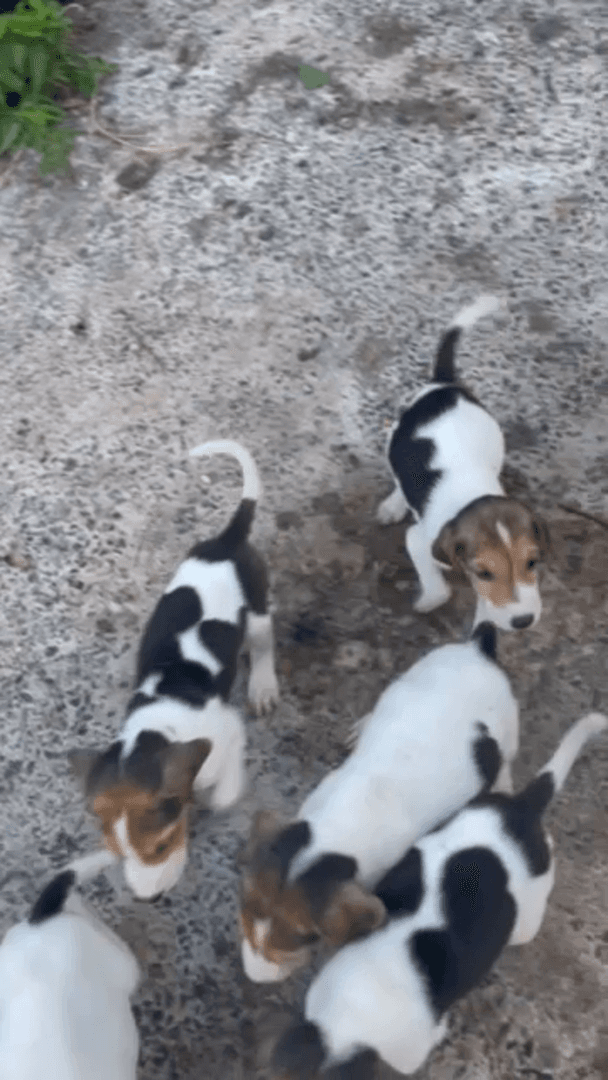
Retour en images sur notre journée de dimanche à la fête de la Chasse et de la nature à Bonnat (23) où l’équipage à passé une superbe journée. Merci au photographe Jean Luc Depenne pour ces jolis clichés.
Post: 1 August 09:09

Post: 1 August 09:09
Post: 23 March 12:47

Post: 3 November 20:17

Post: 27 August 21:03

Post: 14 June 17:07

Post: 18 July 09:21

Post: 1 March 23:13

Post: 24 December 13:30

Post: 25 May 20:32

Post: 6 August 13:09

Post: 27 November 17:48

Post: 9 March 23:18

Post: 29 August 16:09

Post: 29 December 23:30

Post: 1 March 01:07

Post: 26 February 21:24

Post: 29 July 10:20

Post: 30 July 19:15

Post: 30 July 19:00

Post: 26 December 22:02

Post: 30 September 15:12

Post: 20 October 14:24

Post: 8 May 13:58

Post: 23 December 22:06

Post: 11 March 10:48

Post: 7 December 09:24
Post: 16 September 18:39

Post: 5 March 22:21

Post: 23 December 22:53

Post: 9 March 00:28

Post: 20 November 13:40

Post: 22 December 13:12

Post: 29 November 18:15

Post: 16 May 23:42

Post: 23 March 11:46

Post: 19 March 23:15

Post: 24 February 10:17

Post: 23 September 10:07

Post: 19 February 09:42

Post: 3 July 14:13

Post: 22 March 14:32

Post: 18 August 13:44

Post: 15 January 09:46

Post: 14 January 14:22

Post: 1 August 18:19

Post: 19 July 10:37

Post: 13 September 10:46

Post: 2 August 21:34

Post: 11 January 13:09

Post: 6 August 20:20